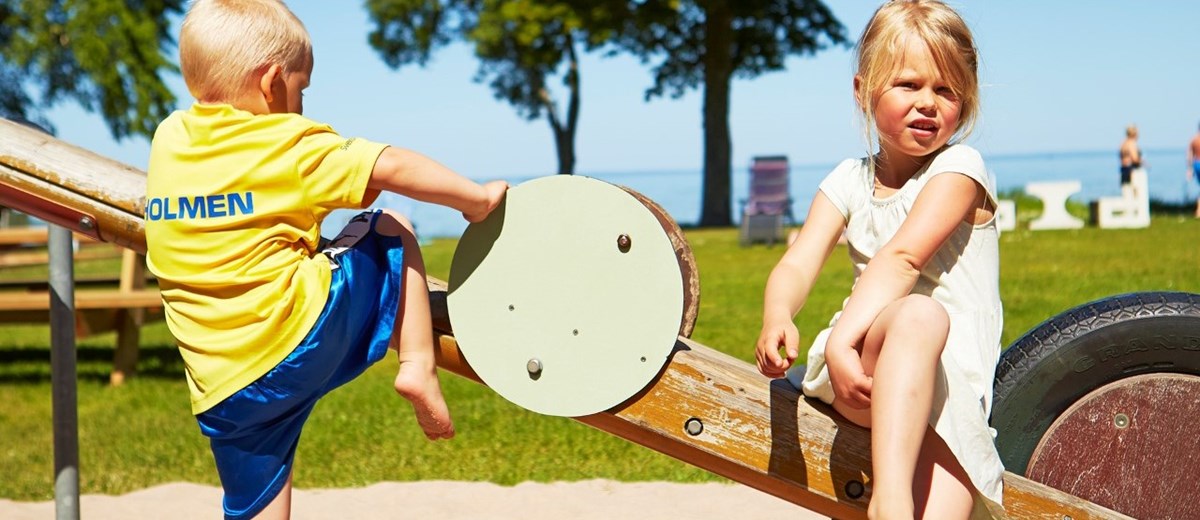
Classification with the focus on the guest
A majority of all the members of Svensk Camping are classified according to the classification system Swedish Camping Standard. It is voluntary, and only campsites that are members can be part of the classification system. The classification is an important tool for the continued development of Swedish camping for our guests.
We wanted to give our guests a tool to find the right accommodation experiences, get better value for money and satisfaction. At the same time, our role is to support the development of our members, something we have taken responsibility for since 1996 through the classification system Swedish Camping Standard. The classification system makes it easier for guests to make a safe and well-informed choice of holiday accommodation. To succeed, professional and objective product descriptions are needed.
How the classification works
The classification is based on an assessment of the individual campsite’s offerings to its guests. It assesses what the campsite offers (hard criteria) . The classification system shows the campsite’s offerings and standards using a summary that results in a grade of 1-5 stars.
The classification also includes an assessment of Wilderness Camping, without stars but with its own symbol (VM).